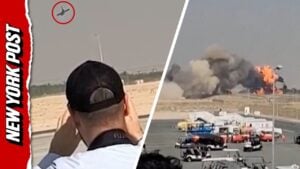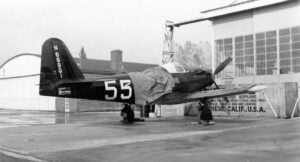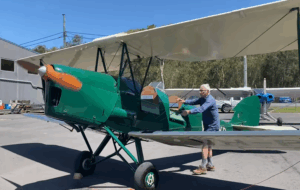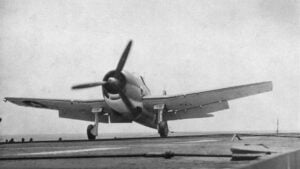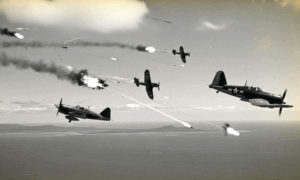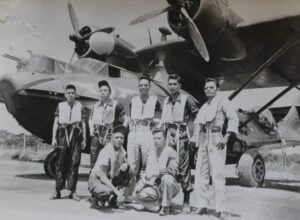How a Small Unit of British Forces During WWII Destroyed 37 German Planes in One Night
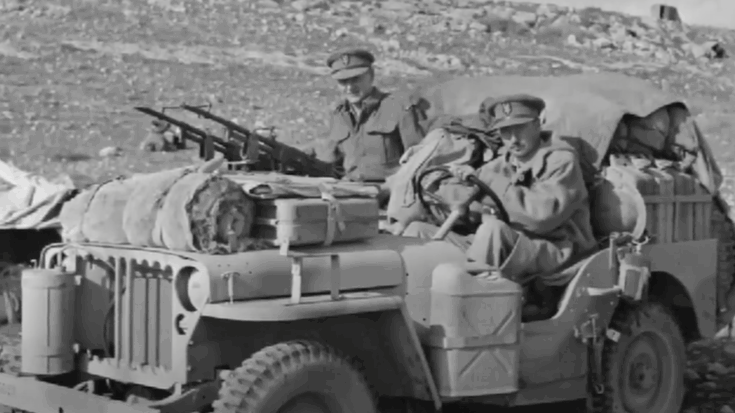
TheUntoldPast / YouTube
Operation Behind Enemy Lines
In July 1942, a convoy of 18 jeeps moved through the North African desert under cover of darkness. At the front was Major David Stirling, leading a small group of British special forces on a risky raid. Their goal was a German airfield over 230 miles northwest of Cairo. The terrain was rough, the danger constant, and the target heavily defended. But Stirling and his men were determined.
The group included British troops and a detachment of Free French soldiers. Among them were Captain Paddy Mayne, Lieutenant Carol Mather, and French officer Aspirant André Zirnheld. As they neared their objective, tension ran high. But just as uncertainty set in, the lights of the airfield appeared. A German plane was coming in to land—proof they had found the right spot.
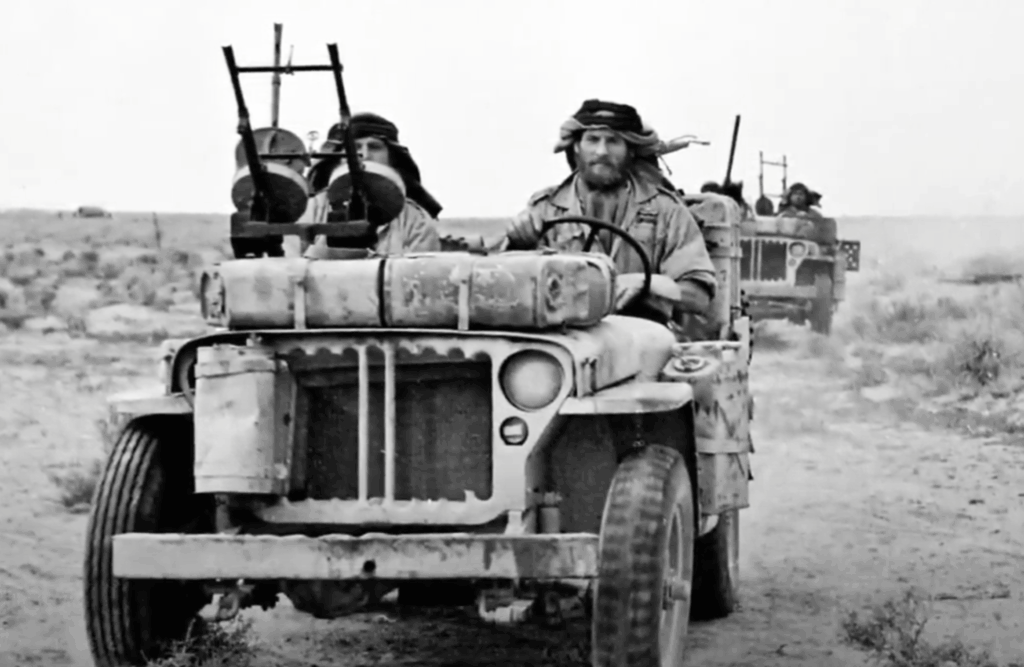
The First Assault
Each jeep was equipped with twin Vickers K .303 machine guns, mounted both front and rear. After confirming positions, Stirling gave the order. Engines roared to life, and the jeeps charged forward across the desert. At about 800 meters from the airfield, the formation formed a line. Stirling held the center; Zirnheld and Mayne took the flanks.
Commando Stephen Hastings would later recall the moment the shooting began. First came a test burst, then a full barrage. The Vickers guns fired at a rapid rate—about 1,000 rounds per minute. In just one minute, they poured over 34,000 bullets across the airfield. German planes were caught in the chaos—some preparing to land, others parked and idle. Red and white tracer rounds lit the night as fires broke out across the field.
The attackers pressed forward. Jeeps entered the runway area in two columns, just 15 feet apart. Their pace slowed to maintain shooting accuracy. The targets included a range of aircraft: Ju 87 dive bombers, Messerschmitt Bf 109 fighters, and Ju 88 and Ju 52 transports. German ground crews were caught off guard, many unable to react. Some tried to hide under aircraft—an act that cost them their lives.
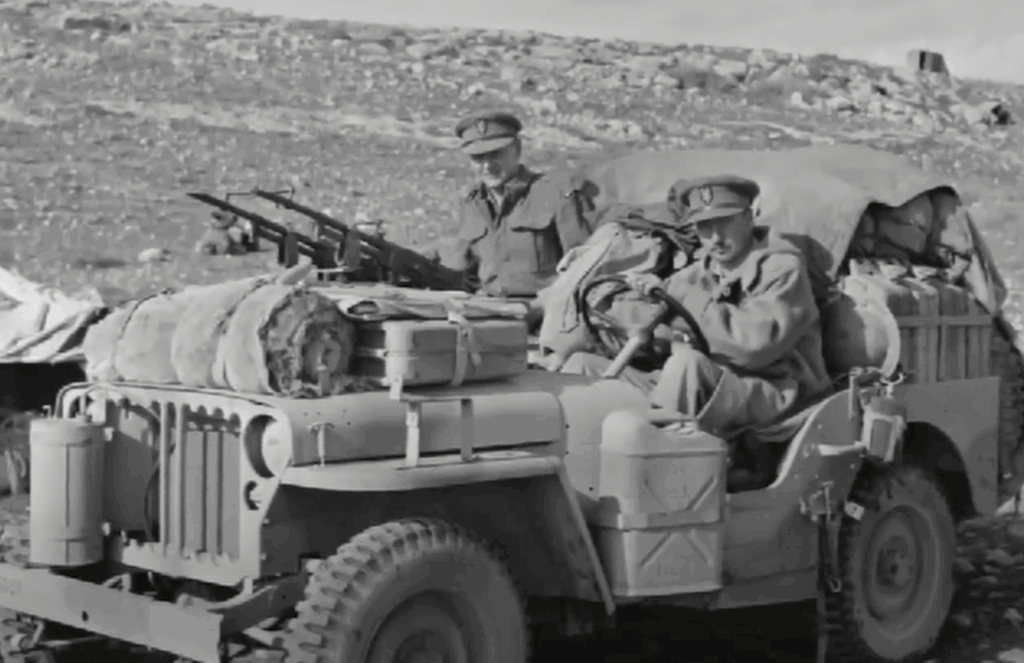
Resistance and Danger
After the first pass, the jeeps regrouped near the taxiway. Stirling halted briefly to check on his men and machines. Most were still intact. But the short pause gave German defenders time to fight back. Several scrambled to man a 20 mm Breda anti-aircraft gun, while others armed themselves with mortars. A sudden mortar round crashed into the column, nearly hitting Zirnheld’s jeep.
Gunfire erupted from the German side. The British vehicles came under heavy attack. One soldier, Trooper John Robson, was killed at his gun. Stirling’s own jeep was hit by cannon fire, disabling it. He narrowly escaped injury and jumped aboard Robson’s jeep to continue the assault. Sergeant Johnny Cooper returned fire with precision, targeting the German gunners.
Despite the mortar shells and anti-aircraft fire, the attackers pushed on. German resistance broke down under the pressure. The defenders were either gunned down or fled. As silence returned, Stirling signaled another short stop. The battlefield was covered in debris and flames.
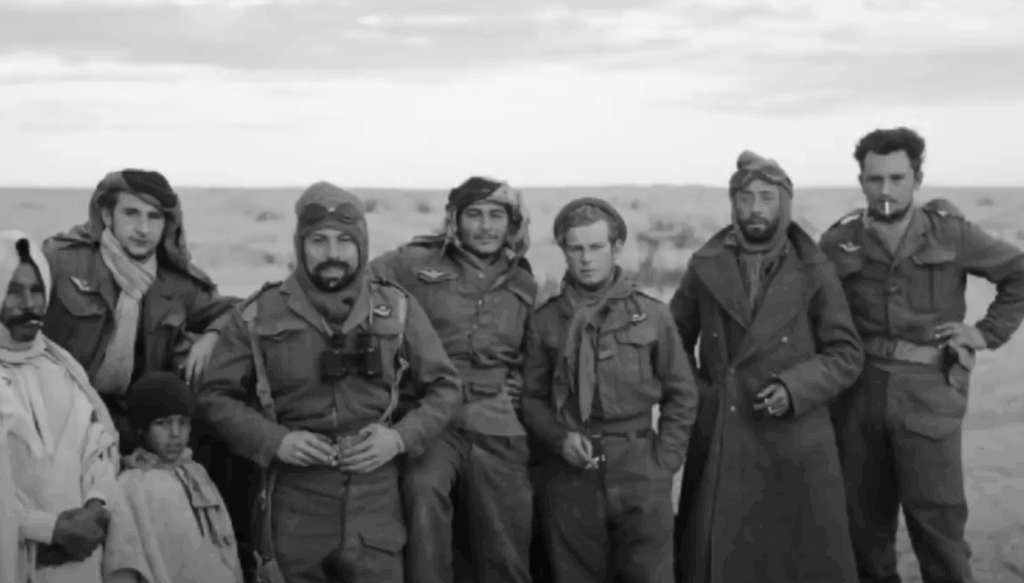
Final Sweep and Escape
The unit made one last sweep of the area, destroying any remaining planes. Even a lone surviving Bf 109 was quickly reduced to scrap. Stirling fired a red flare—the signal to retreat. But just before leaving, Captain Mayne spotted an intact Ju 52 transport. Without hesitation, he sprinted from his jeep, placed a bomb on the wing, and ran back. The explosion lit the sky as the unit vanished into the desert.
The danger was not over. The Germans soon launched aircraft to search for the attackers. To avoid being caught, the British and French commandos split into four groups and headed out on different routes. Lieutenant Mather’s group hid in bushes at dawn but was nearly spotted by a passing bomber. They were lucky.
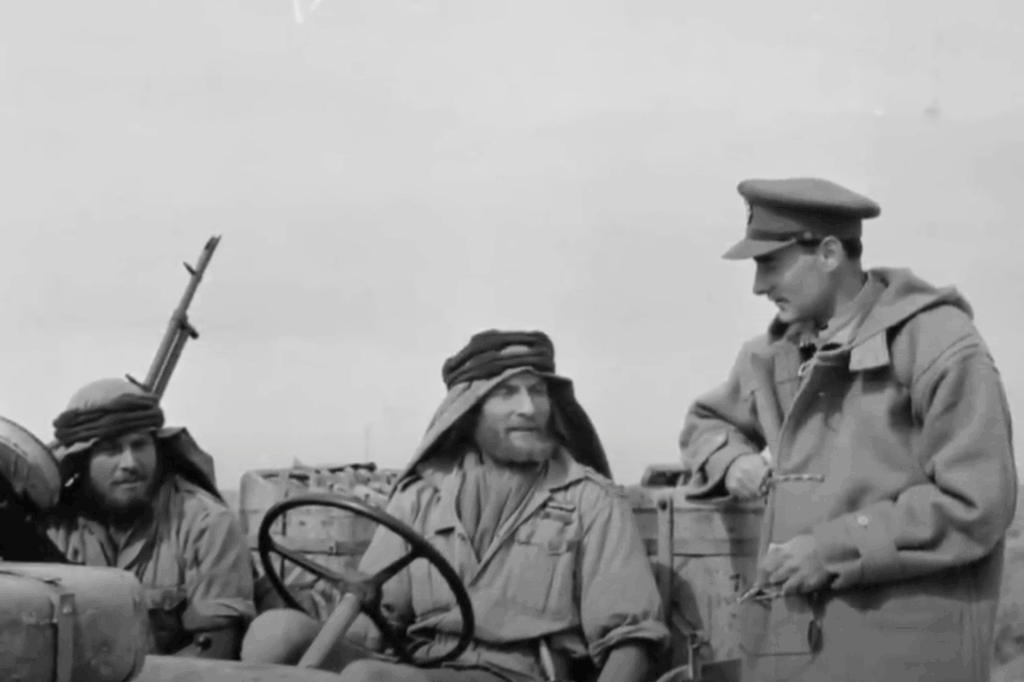
Cost of Victory
The French team, however, faced a tougher situation. German dive bombers returned multiple times, hammering their position. Two of their three jeeps were destroyed. Zirnheld was seriously wounded in the stomach and shoulder. His team carried him through the desert, hoping to reach safety. He died just before they made it.
Back at the rendezvous point, Stirling’s group struggled with broken vehicles and growing exhaustion. After two days in the desert, they finally arrived. Only one man, John Robson, had been lost in the fighting. The raid had destroyed 37 German aircraft. It marked a defining action for the unit that would soon be named the Special Air Service.













